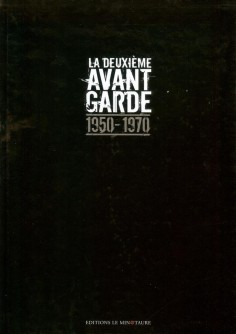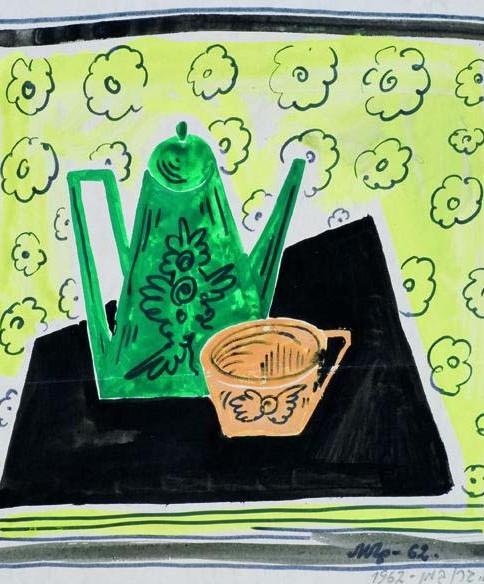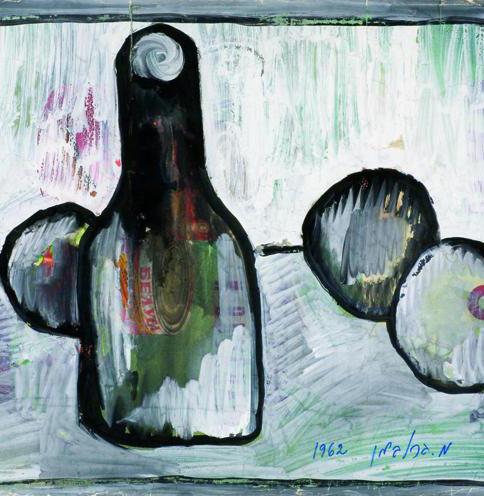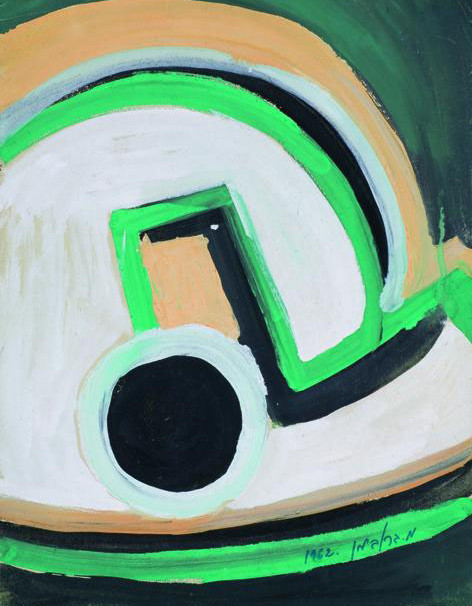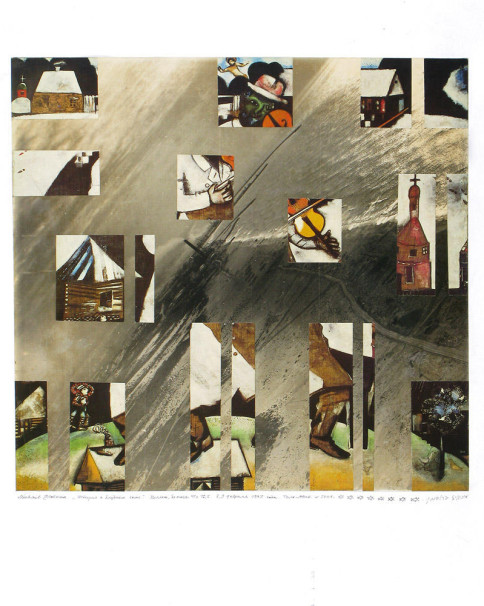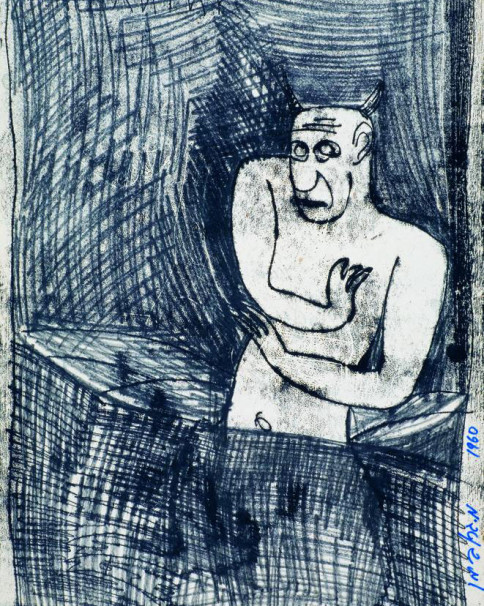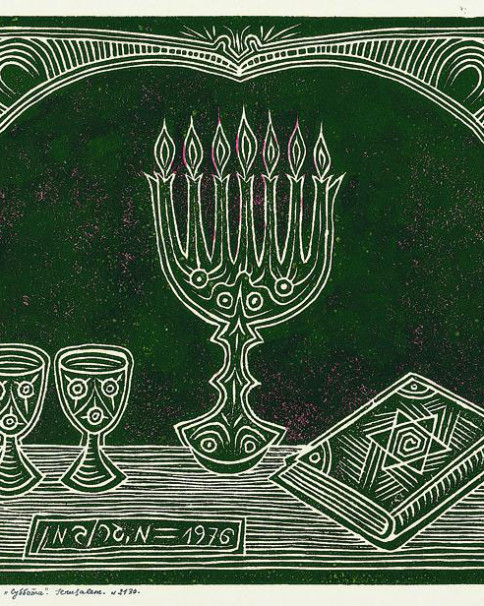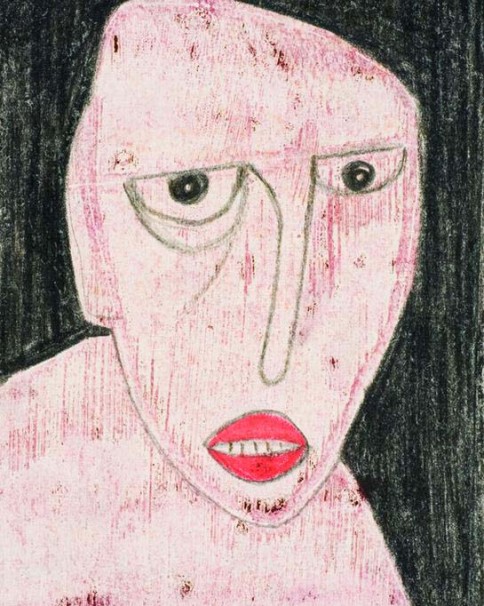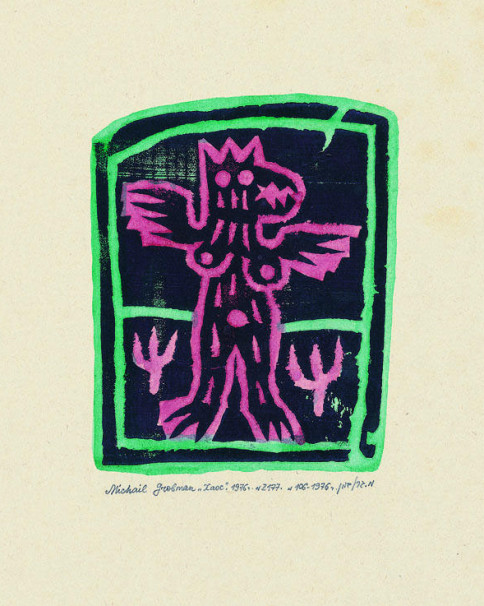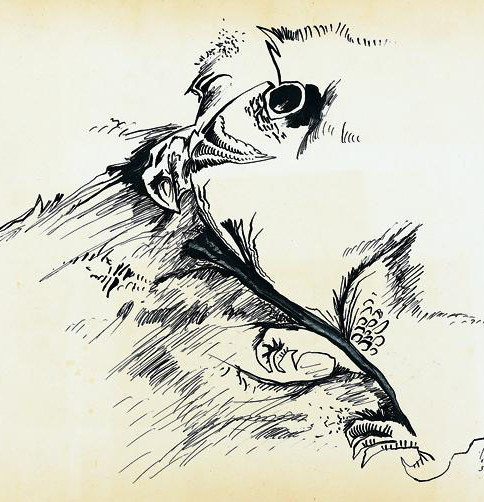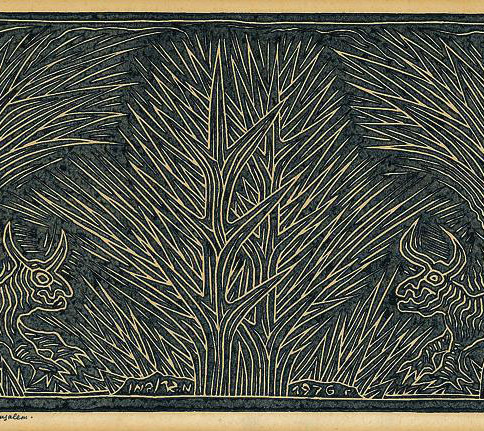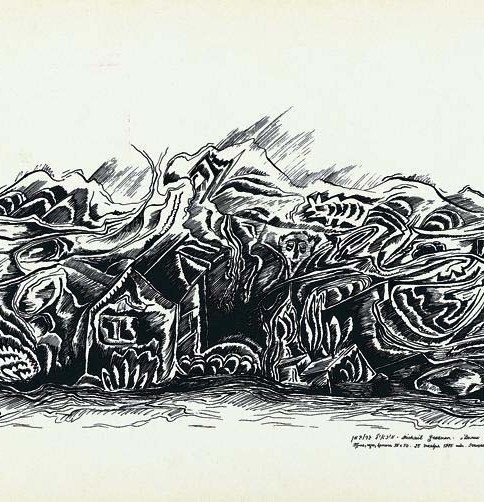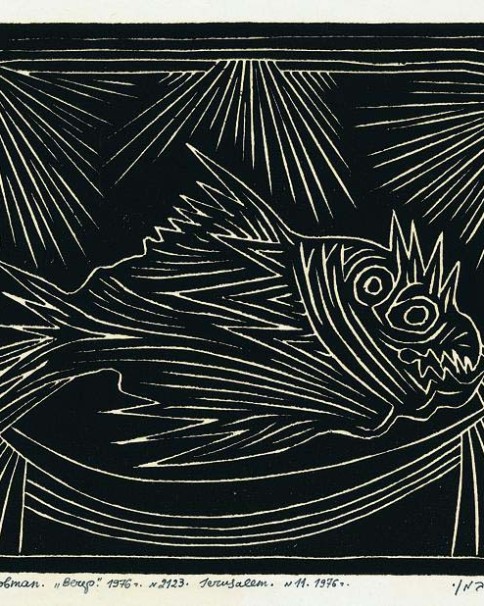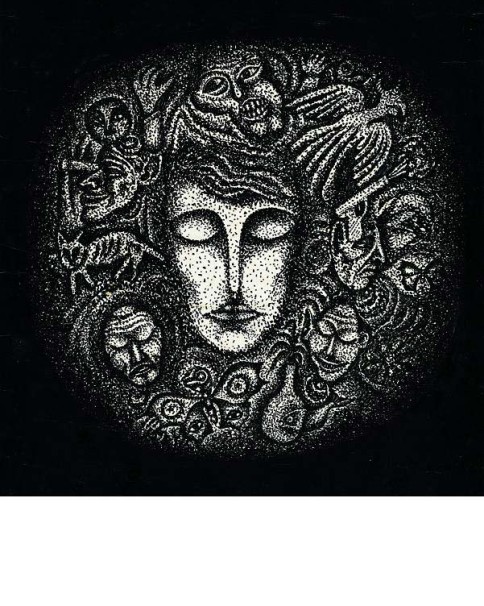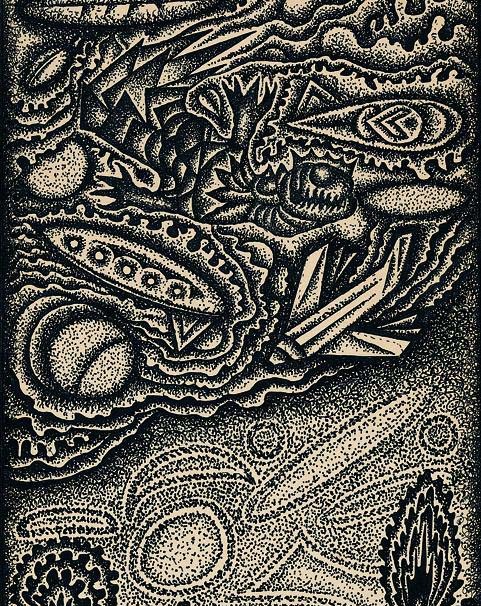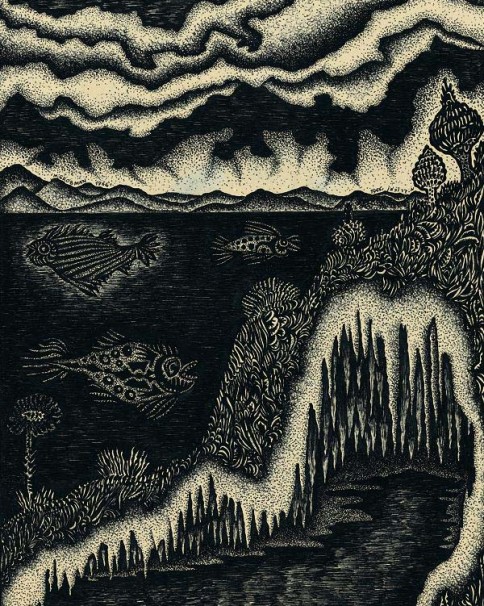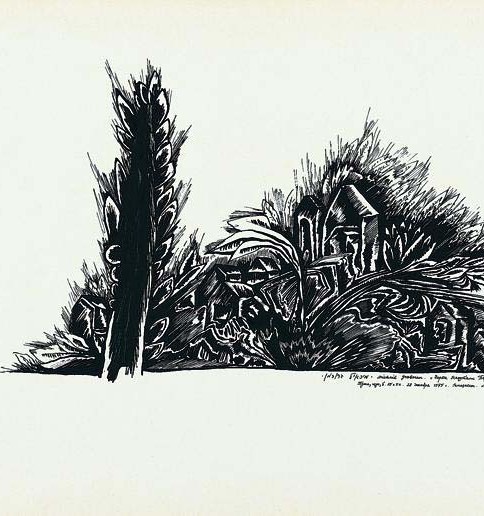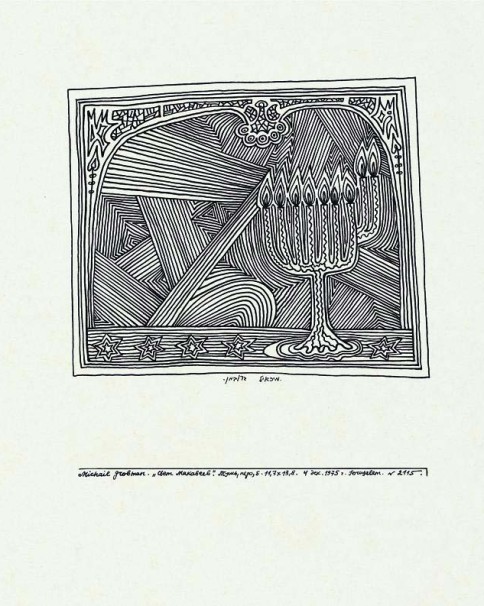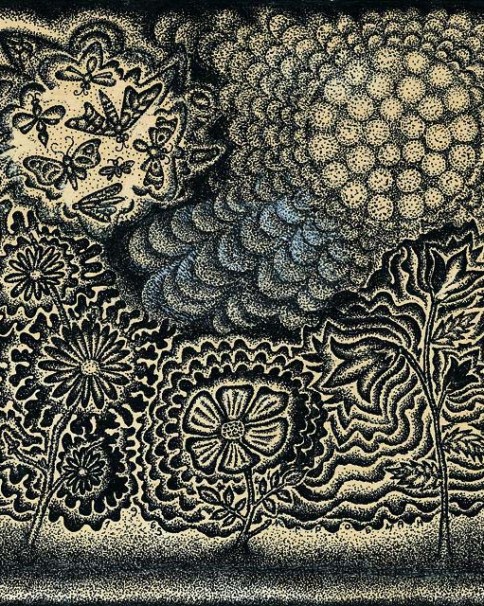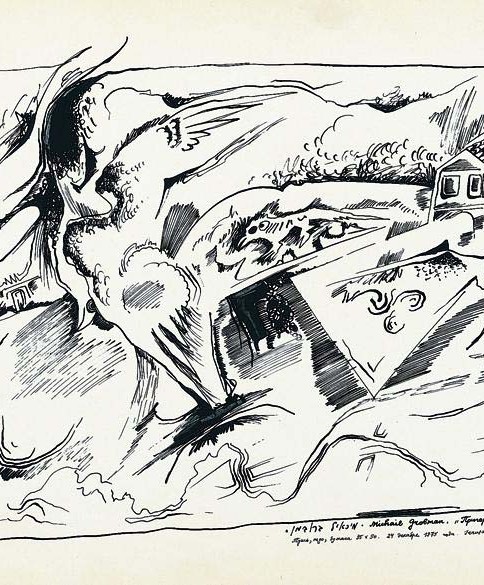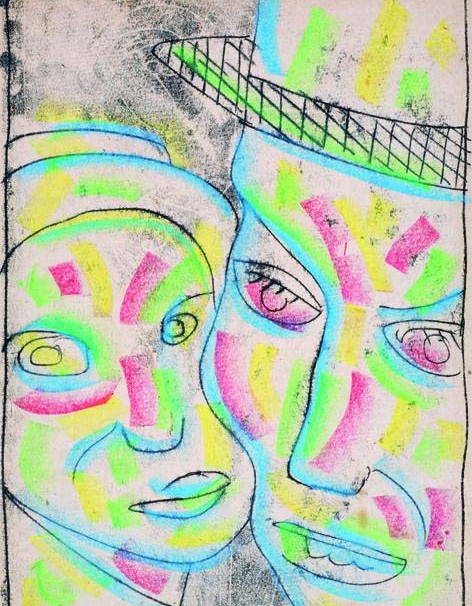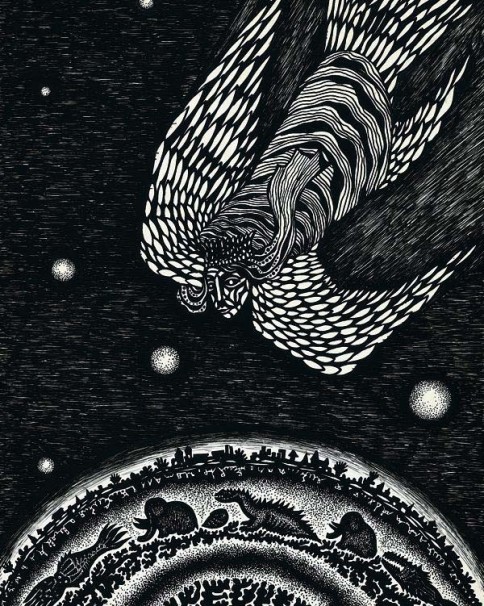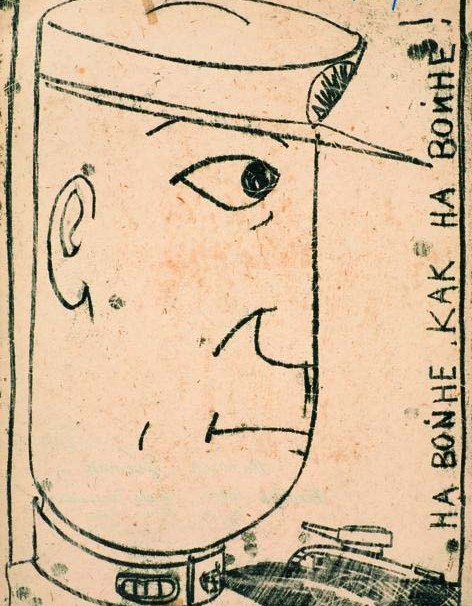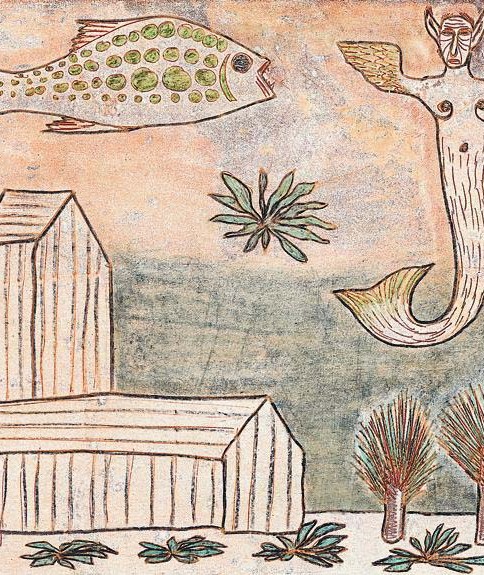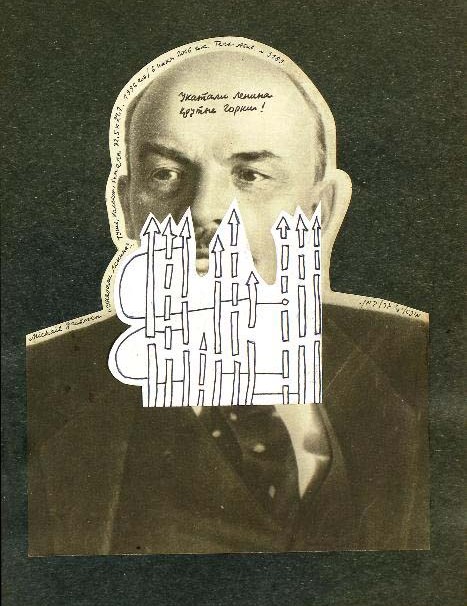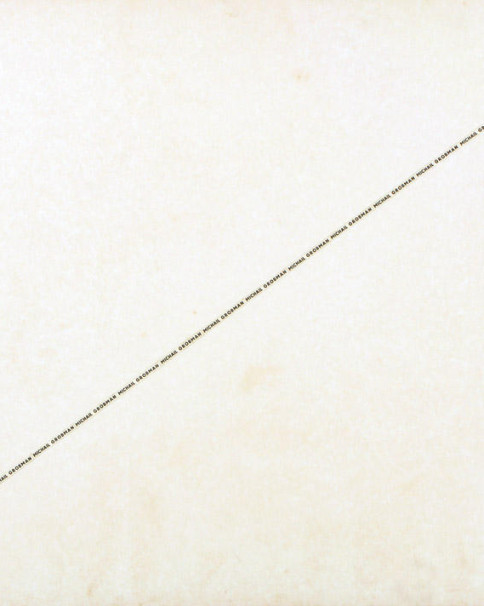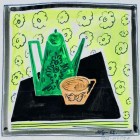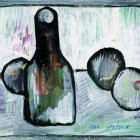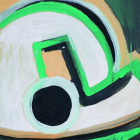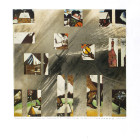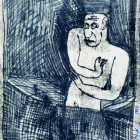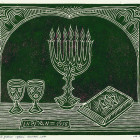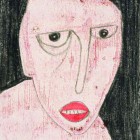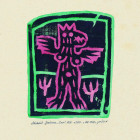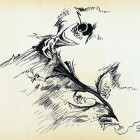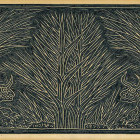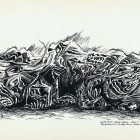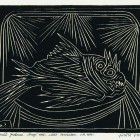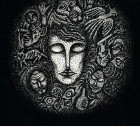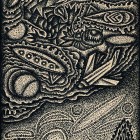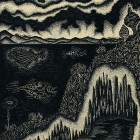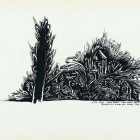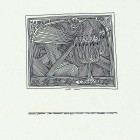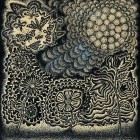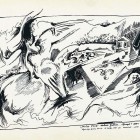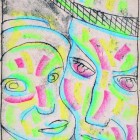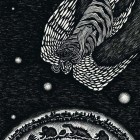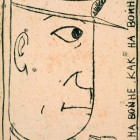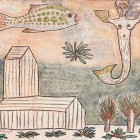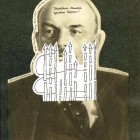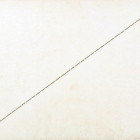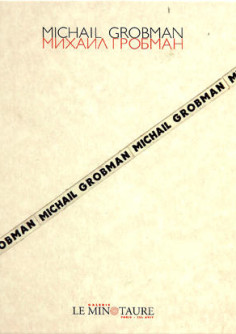Mikhail Grobman, a renowned Israeli painter, was one of the leading figures of the Moscow avant-garde of the 1960s. This figure, already legendary in Russia, owes his fame to publications dealing with this period as well as to the memoirs of contemporaries and to the few works preserved in Russia. He emigrated in 1971, and almost immediately occupied a significant place in the Israeli cultural landscape with the founding of the alternative art group Leviathan. The exhibition presents his collages, a technique that is still relevant at different stages of the artist’s work. From the early 1960s, he introduced reproductions and images from the written press into his collages, thus transforming common images from artistic, political and mass culture contexts into an object of artistic manipulation. Since then, collage has become for the artist a conceptual “graphic installation” where, with each new attempt, a specific artistic experience is set up and where work with text often comes to the fore. This strategy has recently undergone a change: now a printed work serves as a basis for the artist who destroys its imaginary structure by sticking his own drawing on it. This violent and provocative assembly of an author’s drawing and a printed product from elsewhere brings back into fashion the problem of the possibility of an original artistic discourse. Placing his original creation in the context of another’s work, Grobman most often achieves a comic effect while transforming the painters whose works he borrows into his own characters. The aim of the project is to show how in the situation “after the end of art” one can subtly rediscover one’s artistic identity and demonstrate creative force and virtuosity, without losing one’s intellectual finesse and without shirking reflection on the very act of discourse.
